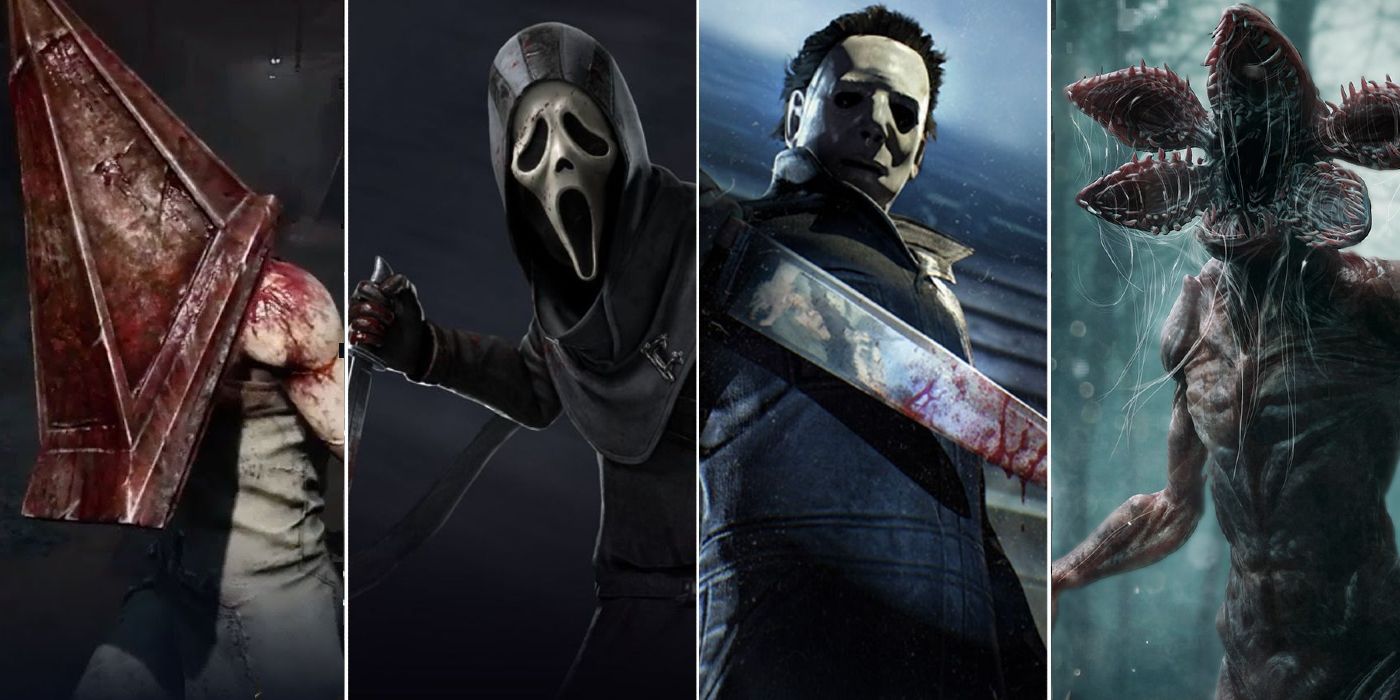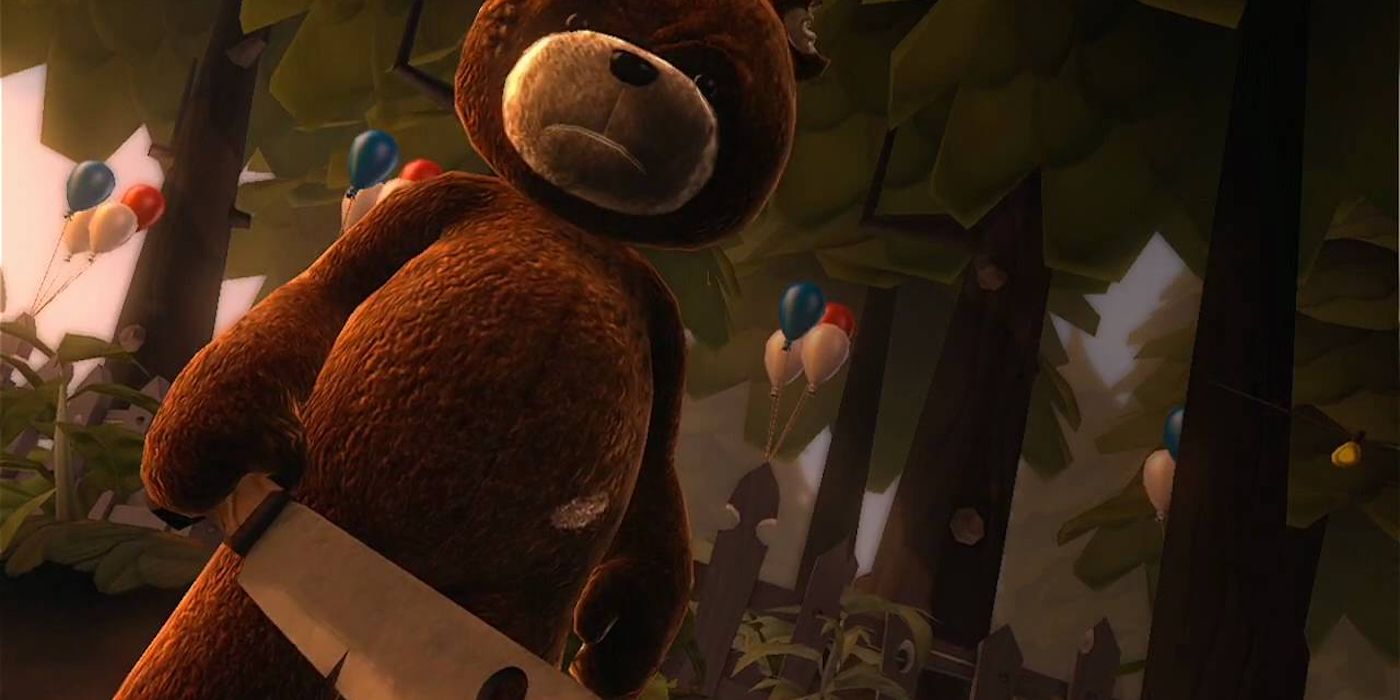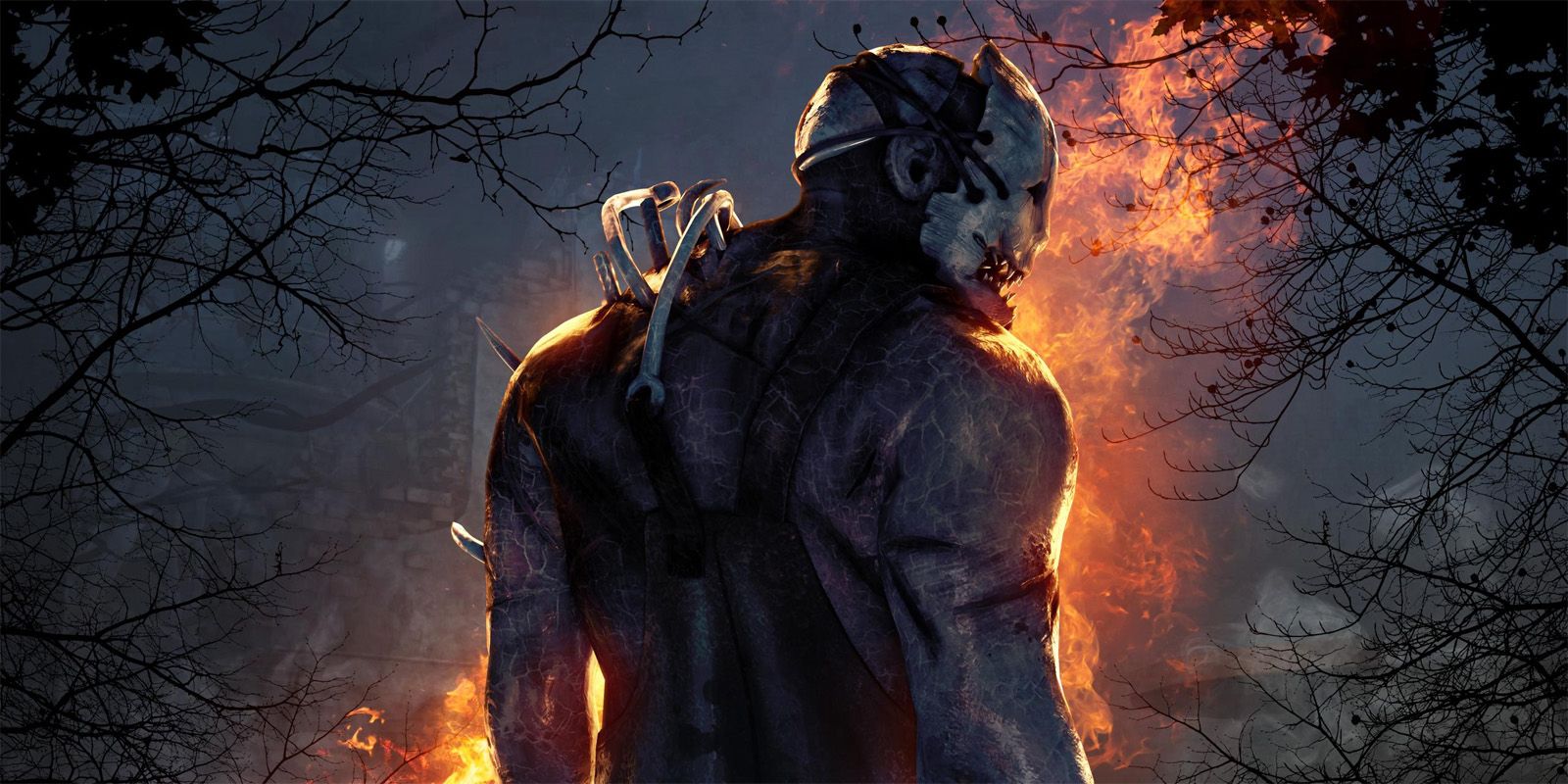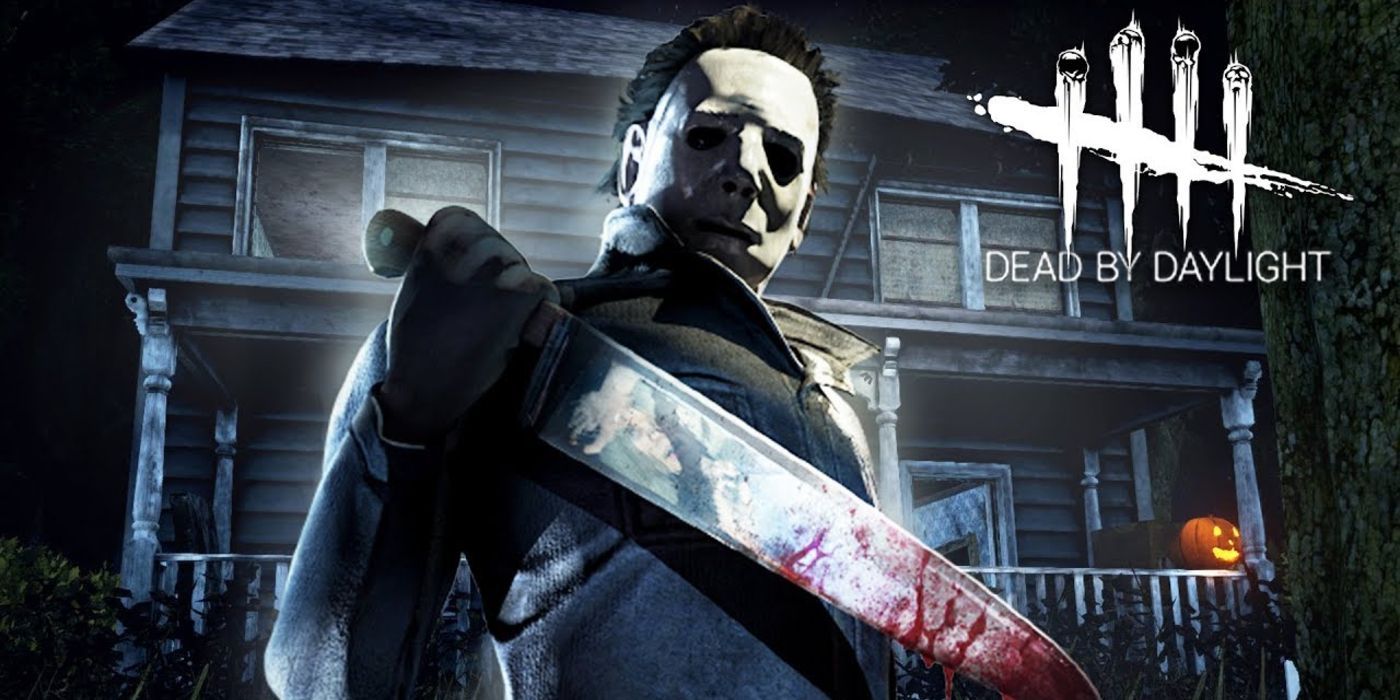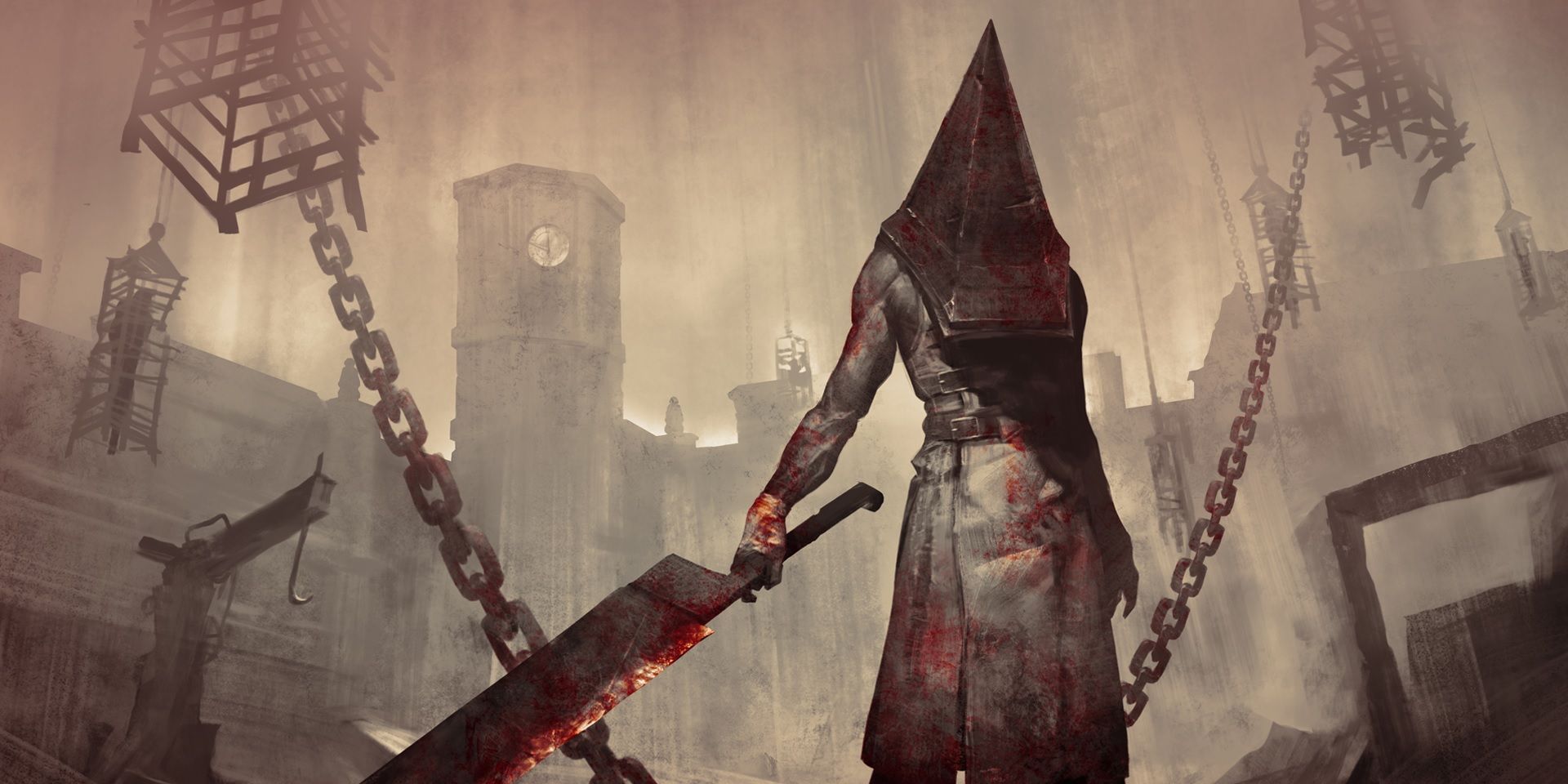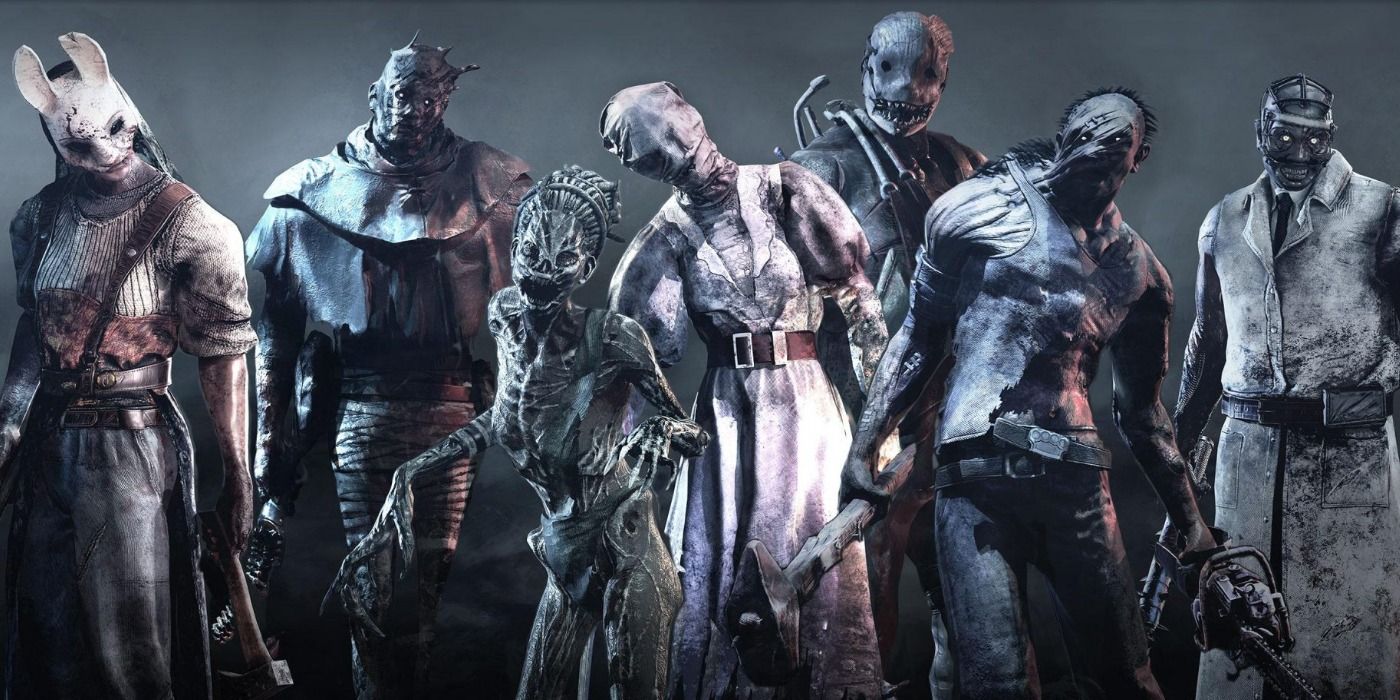Behaviour Interactive’s Dead by Daylight is one of the most popular video games out there today. Over the past four years, the game’s fan base has grown to more than thirty million players, a community of loyal fans who return time and again to the game’s terrifying universe. A four-on-one survival horror game in which survivors attempt to evade a killer hell-bent on sacrificing them to the mysterious Entity, no two matches in Dead by Daylight are remotely the same – other than their characteristic feeling of terror.
But it is not only the game’s replay value that has contributed to its popularity. Since its initial launch in 2016, Dead by Daylight has expanded its roster of playable killers and survivors to include a number of flagship horror characters. From film franchises like A Nightmare on Elm Street to fellow horror games like Silent Hill, Dead by Daylight has grown into something of a horror hall of fame, a world where the iconic heroes and villains of the horror canon come together to form the ultimate nightmare.
But Dead by Daylight’s success did not happen overnight – and not just because its night never ends. The game is the result of years of hard work, creative innovation, and fine-tuning of its unique formula.
Dead by Daylight: The Archives
Behaviour Interactive has been creating video games for nearly thirty years. With titles ranging from Carmen Sandiego to Iron Man, Behaviour was the creative force behind dozens of tie-in games and other licensed titles. But the team was itching to expand its horizons.
“There were these stories we wanted to tell, these games we’d been wanting to make,” says Dead by Daylight Game Director Mathieu Côté. The team was fascinated with the idea of giving players the opportunity to live the fantasy of being the villain in the horror movie, but kept coming up against the same obstacle: horror doesn’t sell. At least, so publishers thought.
Behaviour didn’t give up. They resolved to twist the premise, setting their slasher game in a world of sunshine and rainbows – and teddy bears. Naughty Bear became one of the first major original IPs from Behaviour Interactive (then known as Artificial Mind and Movement) and set the stage for what would eventually become Dead by Daylight.
Behaviour continued to incorporate original games into its roster of licensed works. One of the designers created a prototype for a game in which one player ran around attempting to accomplish a task, while a second character searched for them. And if the second character touched them, they were dead. “So we decided to bang those two ideas together,” explains Côté. “The fantasy of being the villain in the horror movie, at the same time as this cool little hide and seek prototype.”
The Dawn of Dead by Daylight
Dead by Daylight launched in 2016 with seven playable characters: three killers and four survivors. The original trio of villains – the Wraith, the Trapper, and the Hillbilly – were an homage to classic horror films, hunting down the survivors with a combination of brute force, speed, and stealth. With the inclusion of The Last Breath chapter a couple of months later, the game expanded its cast to include a more ghostly villain, The Nurse – and with it, broadened the possibilities of what Dead by Daylight could accomplish.
“Dead by Daylight was built to be infinitely expandable, and infinitely replayable,” says Côté, referring to the game’s infinite upgrade system and procedurally generated matches as examples. But there was another expansion Côté and the team at Behaviour Interactive dreamed of incorporating: licensed characters from the horror canon.
Chain of title for films and other notable properties can be notoriously convoluted. As major IPs are adapted and reworked by various creators, the question of who owns what version of a certain story or character can become nearly impossible to answer (and sometimes the subject of extensive legal disputes).
But Behaviour had a key asset in its back pocket. Nearly three decades of adapting major film and TV franchises into games meant that the team at Behaviour Interactive already had an impressive Rolodex of Hollywood contacts. It was this extensive list of contacts that enabled them to track down the license holder for the original Halloween, the film that launched one of the most iconic villains in all of horror cinema: Michael Myers.
Dead by Daylight: The Horror Hall of Fame
After initial discussions with the license holder and the obligatory legal processes, Behaviour acquired the rights to incorporate Halloween into Dead by Daylight. Though the Behaviour team had some initial concerns about Myers’ chase speed – one of the character’s key traits in the films is that he watches from a distance, rather than chasing victims – the slower, looming approach added a new element of eeriness to the game that worked incredibly well. The Halloween Chapter launched just days ahead of Halloween 2016, bringing Michael Myers, survivor Laurie Strode, and their Haddonfield neighborhood into the Dead by Daylight universe.
Not only did the chapter provide fans of the increasingly popular game with the perfect Halloween treat, it set a precedent Behaviour could now reference when approaching other license holders as they continued to expand Dead by Daylight’s world. “It showed that we were able to bring in [these famous] characters and allow them to be themselves,” explains Côté. “Come into our game. You don’t need to change. You don’t need to become a martial artist or anything. Just be yourself. Just kill them all.”
The next licensed character to join Dead by Daylight’s growing roster was Bill Overbeck from Valve’s Left 4 Dead. As Dead by Daylight already lived on Steam, contacting and working with Valve proved very easy. But incorporating Bill Overbeck presented the Dead by Daylight team with a new challenge. “Bill is the only one in the canon of Left 4 Dead who dies,” says Côté, “and we’ve always been extremely clear that Dead by Daylight is not a Purgatory. It doesn’t have any spiritual nature. You’re not being judged. You’re being tried, for sure, but it’s unclear what you’re being tried for.”
Dead by Daylight: Worlds Collide
Ostensibly, it may seem easier to incorporate a video game character like Bill into another game. But the nature of Dead by Daylight’s mysterious world again came into question when the Silent Hill chapter was added earlier this year. Silent Hill developer Konami initially expressed concerns that Behaviour’s chosen characters had never actually interacted in a Silent Hill game. Which, Côté points out, is exactly the point.
“Cheryl and Pyramid Head were not in the same game. But if someone were to have a nightmare about Silent Hill, these things might very well be side by side,” he explains. “The idea was always that Dead by Daylight happens in, it’s not the real world, but it’s sort of a place built of people and places and things. Like a nightmare: you recognize the school you went to, but it doesn’t matter if the corridors are different, you recognize the place. It’s the essence or the idea of the place … to have both the familiar and the surprising or unexpected every single time, that’s the recipe we built for the game.”
Silent Hill presented its own unique challenges in that the original assets were too old to actually run on Behaviour’s computers. But the collaboration proved particularly fruitful when Akira Yamaoka, the original composer for Silent Hill, expressed interest in collaborating on the chapter. Yamaoka worked with Dead by Daylight composer Michel April to create the music for the Midwich Elementary School map, an incredible experience not only for the players, but for the Behaviour Interactive team.
“When we did the Silent Hill chapter, that was a big thing for us,” Côté shares with Screen Rant. “Because it’s not just a legend of horror, it’s a legend of horror in video games. So it’s acknowledgement from our peers, from legends who have gone before us. People who created horror in video games.”
Cross-promotion has been particularly vital to Dead by Daylight’s incredible success. The game proved popular with streamers early on, raising its profile and expanding its fan base. Stranger Things has its own video game, but, according to Côté, Netflix encourages fans of the flagship series to check out Dead by Daylight for the true Hawkins experience. Jamie Lee Curtis, who plays Laurie Strode in the Halloween films, played the game as “herself” in a live stream for charity in 2018. Behaviour even managed to collaborate with Bruce Campbell, who portrayed Ash Williams in the Evil Dead franchise, to create the voice and likeness of the character for Dead by Daylight.
“At that point we were leaving the realm of ‘oh, we’re inviting a few people into the game,’ and we were coming into what we call now ‘the place where all of horror lives’,” explains Côté. “And Bruce Campbell is part of the horror world.”
Dead by Daylight: The Next Chapter
These days, the game has risen to such popularity that Behaviour does not even necessarily have to reach out to license holders – some license holders approach them. While Côté is not at liberty to share the details of those agreements, he does have a list of criteria that must be met before incorporating a new character, original or licensed, into the Dead by Daylight universe.
“With killers, we look for a certain cultural significance. They need to be meaningful in the horror world,” he explains. The character also needs to meet certain corporeal requirements, namely the ability to interact with the physical world around them, such as carrying survivors and placing them on the game’s sacrificial hooks.
With survivors, the requirements are a bit more nebulous. In the original prototype, the game used typical stock characters from the horror canon: the Virgin, the Jock, the Stoner, etc. However, the developers quickly realized that that approach was very limiting – and not necessarily the message they wanted in their game. “We’re up to twenty-something survivors now. You can’t have twenty-something archetypes. We’d end up with seven stoners and six jocks and at some point – it wouldn’t have worked,” explains Côté. But, more importantly, “A lot of it is pushing forward cultural stereotypes that are past their due date.”
The team scrapped the archetype idea early on. Instead, “We went for characters that are more relatable, that you can empathize with,” says Côté. “We felt it would make it easier for people to lose themselves in the game, and feel like what is happening to these characters is happening to them, so their reaction would be more intense or realistic.” And, obviously, the characters need to be able to be shown dying – something they couldn’t exactly do with, say, a Disney princess.
Of course, that begs the question – what makes a licensed character a poor fit for Dead by Daylight? “There are some things that are established in the canon of certain characters that make them difficult,” explains Côté. The game tends to stay away from characters that toe the fine line between horror and comedy, such as Chucky from Child’s Play. And one of the most frequently requested villains, the Xenomorph from Alien, is a character that is incredibly overpowered compared to the rest of Dead by Daylight’s killers. But, as Côté points out, it would not be impossible to incorporate either – just an added challenge.
As for what lies ahead for Dead by Daylight, Côté remains tight-lipped. In addition to its cast of familiar frightening faces, Dead by Daylight has grown to encompass a roster of richly drawn, complex original characters, complete with their own backstories and ties to the ever-expanding, deep lore behind the game. Players will have to wait and see what new horrors lie in store for them, but Côté assures them that it will be well worth the wait between chapters. After all, as he explains, the universe of Dead by Daylight is one of endless possibilities, a place where anything can happen...
“… Except sunrise.”

